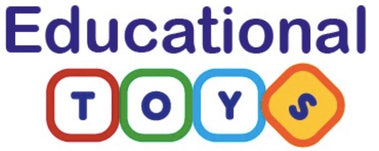
4 ways to engage with kinaesthetic kids
You can usually tell which children are the kinaesthetic learners. These are usually those who are fidgeting, tapping their pencils, and having trouble staying on task while doing pencil and paper activities or reading silently.
They need physical stimulation. They need to move in order to learn.
It does not have to be a lot of work to engage your kinaesthetic learners. Sometimes it’s just the little things that you do that can make all the difference. Below are five simple ideas for helping kinaesthetic learners be successful and stay engaged:
1. When you have a simple task that requires getting up and walking somewhere in the room, ask one of your kinesthetic learners to do it, rather than doing it yourself. This might include turning off the lights, closing the door, passing out papers, etc.
2. Allow kinaesthetic learners to move around while they read.
3. Provide manipulatives. kinaesthetic learners love to move things around. When solving math problems, provide some manipulatives (blocks, coins, etc)
4. Implement project-based learning whenever possible. Rather than limiting learning to paper and pencil tasks, have them make posters, complete interactive projects, and do experiments.

Leave a comment